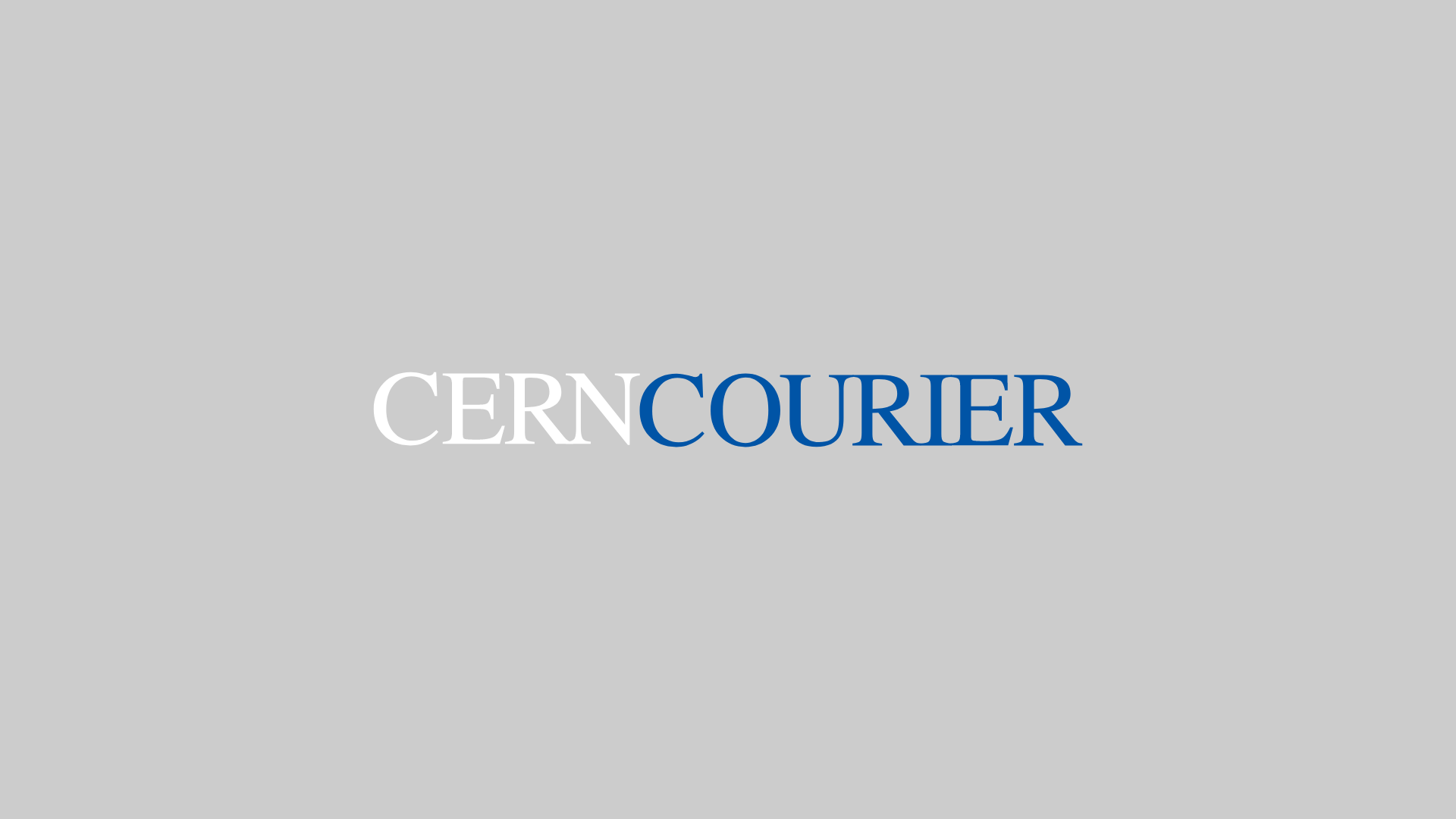 Read article 'New results from ATLAS at Quark Matter 2014'
Read article 'New results from ATLAS at Quark Matter 2014'
New results from ATLAS at Quark Matter 2014
At the Quark Matter 2014 conference, held in Darmstadt on 19–25 May, ATLAS presented a variety of new results based on lead–lead (PbPb) and proton–lead (pPb) data collected during Run 1 of the...









